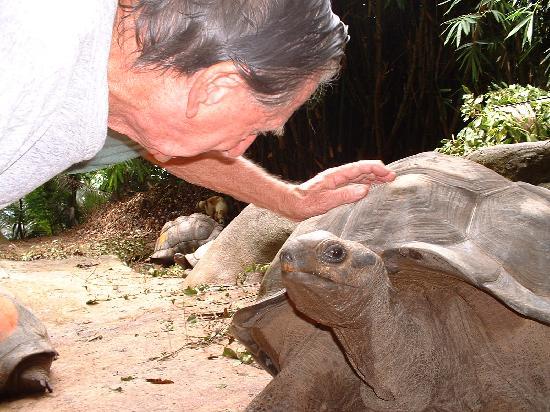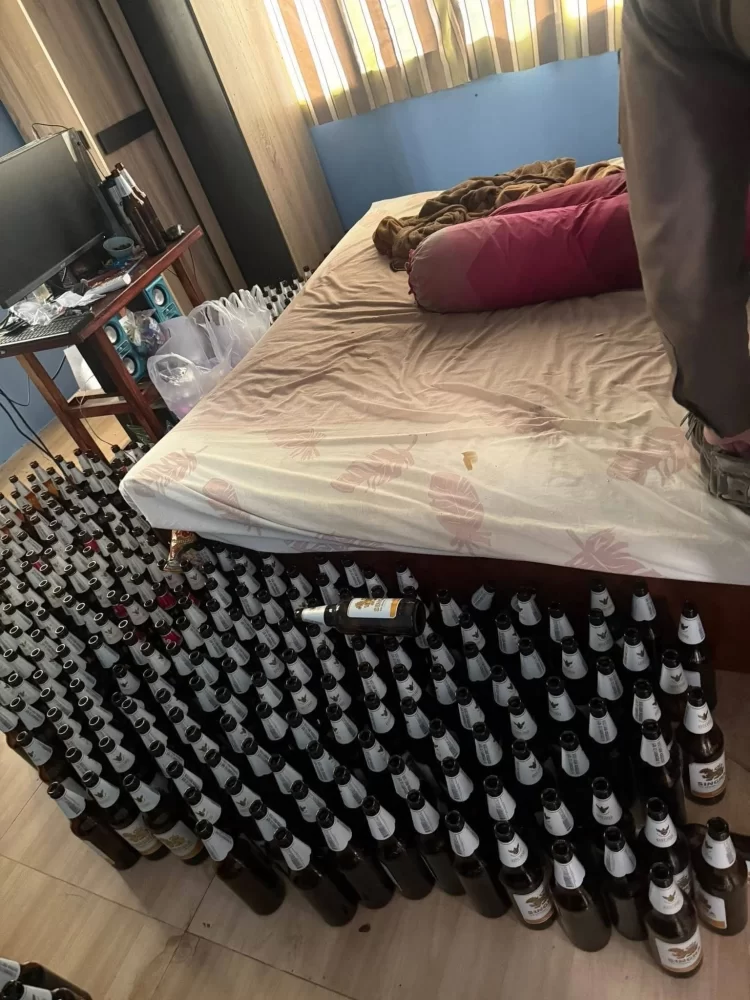Brendon Grimshaw is the world’s real-life Robinson Crusoe, and Rene Lafortune, his man Friday. The only difference is that Grimshaw actually purchased the island instead of being stranded there. The Yorkshireman purchased Moyenne, a half-mile-wide island in the Seychelles for £8,000 ($13,000) in the early 1960s. As a successful newspaper editor in those times, he was restless and seeking adventure, itching to start a new life of his own. Nine years after the purchase, he moved in to the island full-time, making it his permanent home. The 86-year-old is now credited for bringing out and restoring the beauty of the exotic island, encouraging birds and tortoises to make it their home too. He did have a lot of time to do it, as he has been living there for 40 years.
When Grimshaw first arrived at Moyenne, it had been abandoned for 50 years. The scrub was so dense and overgrown that even coconuts couldn’t fall to the ground. It was then that he was joined by an assistant, a Seychellois named Rene Lafortune, and together they worked tirelessly towards restoring the island to its former glory. The duo ended up planting over 16,000 trees by hand. 700 of these are mahogany trees that are about 60-70 ft tall. The other trees include palms, mango and paw-paw. They also built 4.8 km of nature paths. The giant tortoise, which was almost driven to extinction due to excessive hunting, has found a new home at Moyenne, thanks to the work of Grimshaw. He is now the caretaker of 120 giant tortoises. He also managed to attract about 2,000 birds to the island, starting with a meager 10 that he purchased from a neighboring island. At first they promptly flew back, but then they started to stay longer. Lafortune died in 2007, and since then Grimshaw has been the only permanent resident of Moyenne. He lives there in a small one-story wooden house that clings to the hillside and is furnished with African souvenirs. Outside his house is a sign that says, “Please respect the tortoises. They are probably older than you.”
Read More »





















